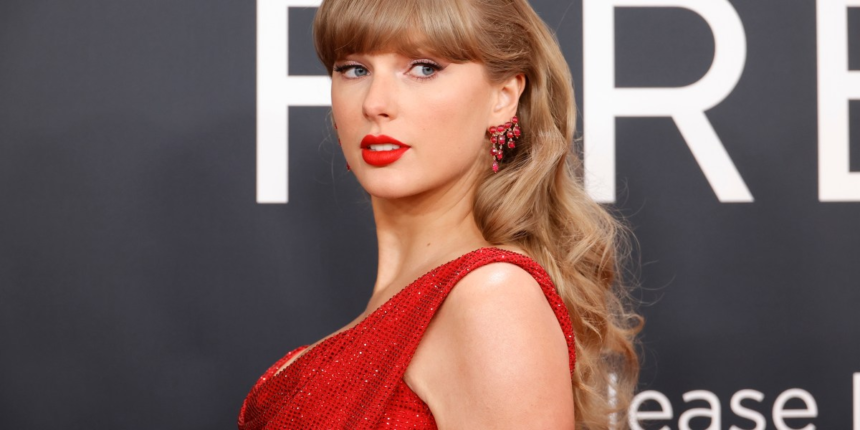Taylor Swift’s rise is a master class in strategy—rooted in constant reinvention, platform-savvy releases, and fan-centric execution—and it provides a timely frame for the Oct. 3 rollout of her new album The Life of a Showgirl.
Her latest album’s cinematic release-party strategy and collectible editions extend a well-honed playbook that blends scarcity, spectacle, and direct-to-fan commerce—drivers that helped propel her to billionaire status and turn “Swift Inc.” into a cultural and economic force.
The piece highlights Swift’s strategic adaptation to streaming—shifting from album cycles to higher-volume content calibrated for algorithms—while maintaining premium event economics via touring and timed spectacles like Eras and film tie-ins. It positions Swift as a strategist on par with top business operators, emphasizing playbooks that innovators can replicate: tight collaborator curation, platform-native tactics, and relentless customer (fan) focus.
Special editions and signed-photo CDs extend the collectible strategy that juiced prior eras, converting fandom into predictable unit sales while keeping ownership and margin high through direct channels.
The playful self-directed promo clips and date-tease social cadence sustain conversation density in the final prerelease window—an approach aligned with HBR’s emphasis on platform-native content and agile, multi-format drops.
That lens maps cleanly to Showgirl’s rollout, where multichannel releases and limited-run events resemble product launches on a diversified consumer platform, rather than album cycles.
Showgirl’s success as a business campaign feels inevitable: It’s the latest iteration of an operating system that fuses creative reinvention with platform-native execution and premium event economics—exactly the formula that helped build “Swift Inc.” into a billion-dollar enterprise.









